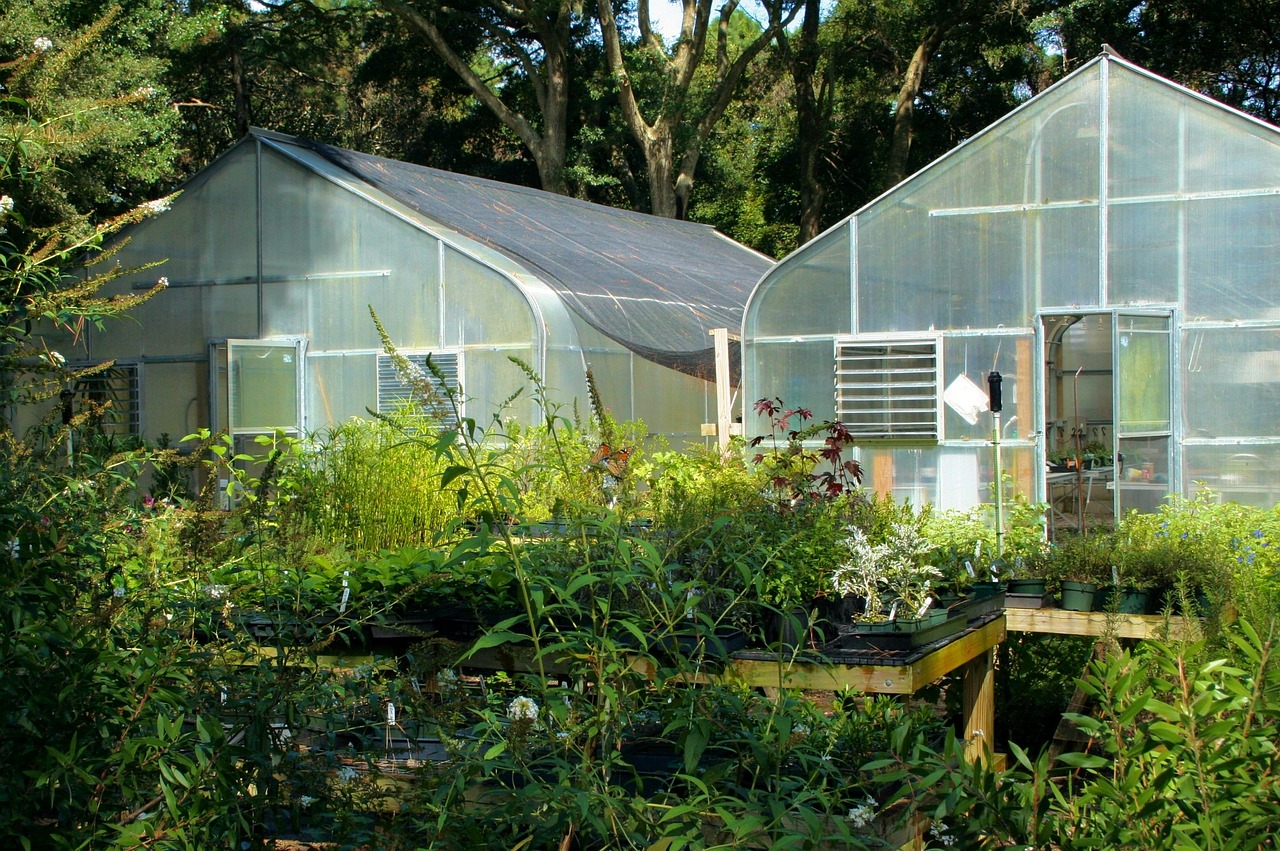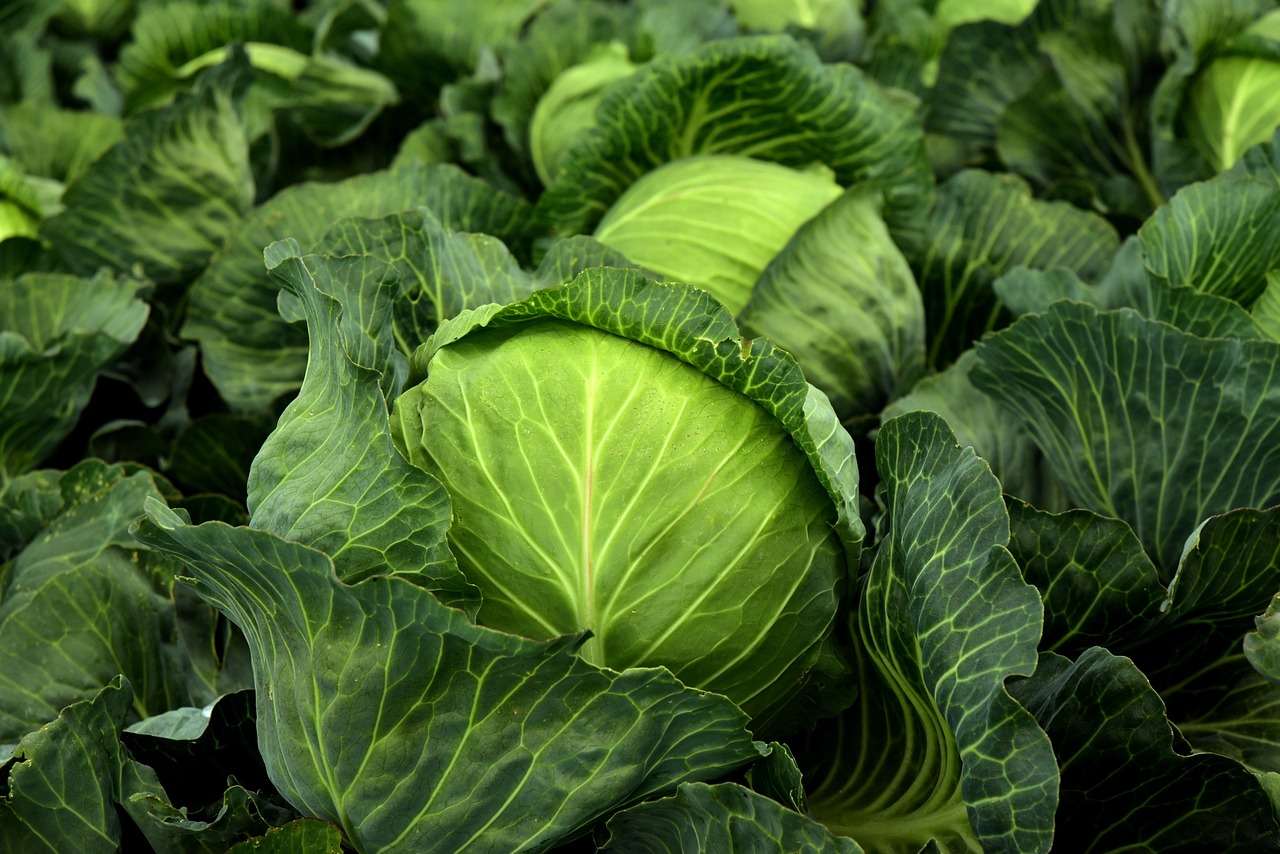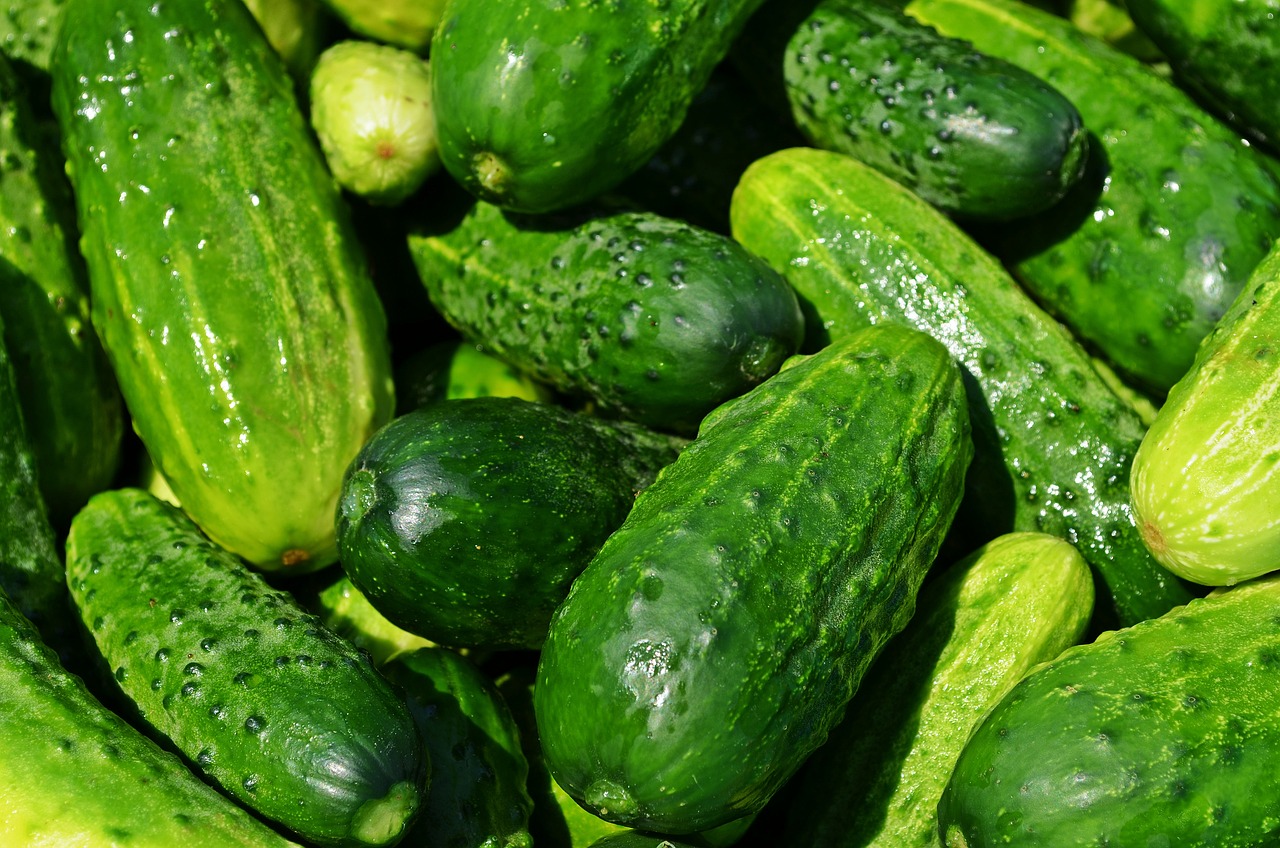Are you interested in growing your own organic potatoes at home? It’s a great way to ensure that your food is fresh and free of harmful chemicals. Plus, it’s a fun and rewarding hobby that can save you money in the long run.
But where do you start? First, you need to choose the right potato variety for your needs. There are many different types of potatoes, each with their own unique flavor and texture.
Next, you’ll need to prepare the soil for planting, which involves enriching it with organic matter and ensuring that it has proper drainage. From there, you’ll need to learn about planting techniques, watering and fertilizing your plants, and preventing pests and diseases.
Finally, you’ll need to know when and how to harvest your potatoes, as well as how to store them for maximum freshness. With the right strategies in place, you’ll be well on your way to growing delicious and nutritious organic potatoes at home.
Choosing the Right Potato Variety for Your Needs
So, you want to grow your own organic potatoes at home? Well, the first step is choosing the right potato variety for your needs – and lucky for you, there’s a spud for every taste and preference!
One of the most important factors to consider when selecting your seed potatoes is their culinary applications. Some potatoes are better for mashing, while others are ideal for baking or frying. Make sure you choose a variety that suits your cooking needs and preferences.
Another important factor to consider is the seed selection. You want to make sure you choose high-quality seed potatoes that are free of disease and pests. Look for certified organic seed potatoes from a reputable supplier.
The size of the seed potatoes is also important – smaller seed potatoes will produce smaller potatoes, while larger seed potatoes will produce larger potatoes. With the right potato variety and seed selection, you’ll be well on your way to growing delicious, organic potatoes at home!
Preparing the Soil for Planting
To get your soil ready for planting, you’ll need to loosen it up and add some organic matter. First, test your soil to see what nutrients it lacks. You can purchase a soil testing kit from a garden center or send a soil sample to a lab for analysis.
Once you know what your soil needs, you can use soil amendment techniques to improve its quality. Some techniques include adding compost, manure, or other organic matter to the soil. This will increase the soil’s fertility and improve its texture, making it easier for potatoes to grow. You can also add lime to adjust the soil’s pH level.
Remember to mix in the amendments well and give the soil time to settle before planting your potatoes. With the right soil preparation, you can create a healthy environment for your potato plants to thrive in.
Techniques for Planting, Watering, and Fertilizing
You’ll want to start by digging a trench for your potato plants, and then placing the seed potatoes about 12 inches apart within the trench. Make sure the eyes, or sprouts, of the seed potatoes are facing upwards.
After placing the seed potatoes, you can cover them with soil and add a layer of mulch. Mulching benefits include retaining moisture in the soil, suppressing weed growth, and regulating soil temperature. Use organic materials such as straw or leaves for your mulch.
Companion planting is also a technique you can use to improve the growth of your organic potatoes. Consider planting beans, peas, or other legumes near your potatoes. These plants fix nitrogen in the soil, which can benefit the growth of your potatoes.
Additionally, planting herbs such as chamomile, thyme, or mint can repel pests and improve soil health. Be mindful of which plants you choose to plant near your potatoes, as some plants may compete for nutrients or attract pests.
Preventing Pests and Diseases
If you want to keep pests and diseases away from your organic potato garden, you need to regularly check your plants for any signs of damage or infestation. Look for yellowing leaves, holes in the foliage, or wilting stems, as these could be signs of a pest problem.
Additionally, inspect the soil around your plants for any signs of disease, such as discoloration or fungus growth. Catching these issues early can help you prevent them from spreading and causing major damage to your crop.
To prevent pests and diseases in your potato garden, you can also use natural remedies. For example, you can make a garlic spray to deter pests like aphids and beetles. Simply chop up a few cloves of garlic and mix them with water in a spray bottle. Spray the mixture on your plants every few days to keep pests away.
Additionally, crop rotation can help prevent diseases from taking hold in your garden. Avoid planting potatoes in the same spot every year, as this can lead to a buildup of disease in the soil. Instead, rotate your crops every year to keep your soil healthy and your plants strong.

Harvesting and Storing Your Potatoes for Maximum Freshness
When it’s time to harvest and store your potato crop, make sure to handle them carefully to avoid bruising or damaging the potatoes. Dig up the potatoes gently with a fork or spade and brush off any excess dirt. Avoid pulling or yanking on the plants, as this can damage the potatoes and reduce their shelf life.
Once you’ve harvested your potatoes, it’s important to store them properly to ensure maximum freshness and flavor. Proper storage is key to preserving potatoes for long term storage. Store your potatoes in a cool, dark place, such as a root cellar or basement. Avoid storing them in areas that are too warm or exposed to light, as this can cause them to sprout or turn green.
Additionally, cooking tips such as boiling or steaming can help maintain the potato’s nutritional value. With these tips in mind, you can enjoy fresh and flavorful potatoes all year round.
Frequently Asked Questions
Can potatoes be grown in containers and what type of container is best for growing them?
Yes, potatoes can be grown in containers. Potato container options include fabric bags, plastic containers, and wooden barrels. Growing potatoes indoors using containers requires proper drainage, soil, and lighting.
How often should I water my potato plants and what is the best time of day to water them?
Water your potato plants deeply once a week, or when the top inch of soil is dry. Water in the morning to allow for soil moisture to evaporate throughout the day, promoting optimal growth rate.
Can I use organic fertilizers like compost or manure to fertilize my potato plants?
Yes, you can use organic fertilizers like compost or manure to fertilize your potato plants. Organic fertilizers have many benefits over synthetic fertilizers, and crop rotation can also help improve soil health and prevent pests and diseases.
How do I know if my potatoes are ready to be harvested and what is the best way to store them?
To determine if your potatoes are ready for harvest, wait until the plant dies back. Dig around the plant to check for mature potatoes. Store them in a cool, dry place to prevent sprouting and rotting.
Are there any companion plants that can be grown alongside potatoes to deter pests and improve yield?
“Planting companion plants like marigolds and beans alongside your potatoes can naturally repel pests and boost yield. This organic pest control method can benefit your potato crop without the use of harmful chemicals.”
Conclusion
Congratulations! You now have all the information you need to start growing your own organic potatoes at home. By choosing the right potato variety for your needs, preparing the soil properly, and using effective planting, watering, and fertilizing techniques, you can ensure a healthy and abundant harvest.
Remember to take steps to prevent pests and diseases, such as using organic pest control methods and rotating your crops. And when it’s time to harvest your potatoes, be sure to store them properly for maximum freshness.
With these strategies in mind, you’ll be enjoying delicious, homegrown potatoes in no time! So, roll up your sleeves and get ready to dig in. Happy planting!










